29 Nov 2024

Vegard Skirbekk
Professor at Columbia University in New York, Research Leader at the Centre for Fertility and Health
Many times larger than climate change and more deadly than Covid or war, humanity’s chemical emissions are the crisis nobody wants to acknowledge.

It is the worst case of mass homicide in human history. Worse than World War II and the Holocaust, worse that World War 1, worse even than the great famines in China and the Soviet Union in the 20th Century or the Taiping Rebellion of the 1850-60s.
Together more than nine million humans now die every year from chemical poisoning in one form or another (The Lancet, 2017). Some estimates put the toll as high as 12 million, if cancers, drug deaths, medical mishaps and drug-induced violence are included (WHO 2019). 25,000 deaths a day, at minimum, is the price humanity now pays for living in a chemicalised society. It is four times the deathrate of Covid and ten times the estimated death rate currently caused by climate change. Basically, chemicals kill in one week the total casualties – military, civilian and Taliban – of the twenty-year war in Afghanistan.
Yet it is a price that most citizens seem unaware of – and few governments seem much bothered about. It is a toll that – unlike road casualties, suicide statistics, perinatal mortality, gun deaths or Covid-19 – the media almost never reports, focussing only on isolated cases of industrial pollution.
The reason nobody talks about this 21st Century Holocaust is that we are all complicit.
The things that kill us are in our air, our food, our water, our homes, work and leisure places, our ‘personal care’ products, clothing and cleaning agents, our electronic devices, hospitals and vehicles. They are in the babe unborn in the womb, and the very milk it suckles from its mother’s breast. They are in forests, lakes, on mountains and in the ocean. Nobody, anywhere, can escape them. Why? Because they are ‘convenient’ to us. We ‘demand’ them with nearly every dollar we spend on material goods.
Studies conducted in the US reveal that the average citizen is a walking contaminated site, harbouring literally dozens of noxious substances accumulated in a lifetime of exposure. Similar findings apply in every country that has bothered to look.
In a new book, Earth Detox (Cambridge University Press 2021), I describe the shocking scale of the man-made chemical assault on ourselves and life on Earth. In volume, our chemical emissions are four or five times greater than our climate emissions – but the exact scale is unknown because science has never bothered to measure it. Again, it is an issue where science, government and industry are broadly content to look the other way.
I describe the process, which I term the Anthropogenic Chemical Circulation, whereby around 200+ billion additional tonnes of human-emitted chemicals circulate around the Planet every year, from the stratosphere, to the highest mountains to the deepest oceans to the remotest atolls and wildlife far from human domains.
The mass killing has mostly taken place in quite a short space of time – the last 75 years, mainly. It has been going on in small pockets since the start of the industrial age, but only in recent decades has it become both universal and ubiquitous, circulating unceasingly around the Planet.
To take a specific case, around 5 million tonnes of specialised poisons are now used to grow the world’s food. Many of these cannot be removed by home washing as they do not dissolve easily in water. To them are added a host of other substances, packaging and processing products – by some estimates as many as 14,000 in all.
How many parents do you know who feed their children on coal or petroleum? The answer is: almost all of them. Food chemicals and colourings are largely extracted from these raw materials. Yet we scratch out heads at the upsurge in mental and physical ill-health among children or over evidence of declining human IQ.
Only recently was it found there are about 350,000 man-made chemicals in research or production worldwide (Wang, 2020). Of these only 21 have so far been banned – while most have never been tested for human safety, according to the UN Environment Program. We simply do not know what is dangerous and what isn’t. Above all, we have no clear idea of the true cost of the compound chemical avalanche which has been unleashed by thousands of companies and almost universally slack or complicit regulation by governments.
So, it follows, if a thousand people die needlessly this hour, or next, or the one after, does it really matter? Should we even bother about it? Such unconscionable attitudes marked all the great mass killings of history. Have humans not improved?
The chemical holocaust is a test of our humanity and our intelligence in exactly the same way as the climate crisis, the extinction crisis or weapons of mass destruction. They all challenge us to cease massacring our own and other species and instead find co-operative, sane, clean and lasting solutions to our problems. Predictably, the corporations responsible for the poisoning are closely linked with those who are driving the climate crisis. And the solution to one is, in part, a solution to the other: ban all fossil fuels, as soon as possible.
Many practical solutions are available to end the chemical holocaust, and are described in some detail in the book. The offer huge new opportunities for health, safety, growth, jobs and human wellbeing. However, two stand out.
First, we need a new Human Right Not to be Poisoned. This is a right enjoyed by virtually all of our ancestors throughout human history up till the modern era. Then it was abruptly terminated by the biggest global chemical experiment ever, to which none of us agreed. A right not to be poisoned is, in essence, the same as the existing Right Not to be Tortured, except that it applies to every person on Earth right now.
Second, we need a Global Alliance of citizens, organisations and governments to Clean Up the Earth, restoring it to the habitable condition we enjoyed less than a single lifetime ago. This will provide the incentive for a clean, non-toxic revolution in the same way that renewable energy promises to overcome the climate crisis and generate fresh economic growth.
The first question every citizen must ask themselves is: do I support the needless killing of a thousand humans an hour?
If the answer is no, then bloody well do something about it.
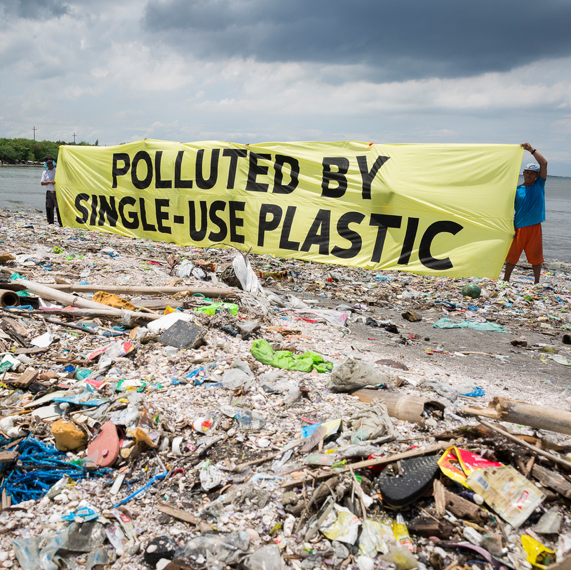
Why we need a UN Treaty on plastic pollution The Ellen MacArthur Foundation is a UK charity working on business, learning, insights & analysis, and communications to accelerate the transition towards the circular economy.
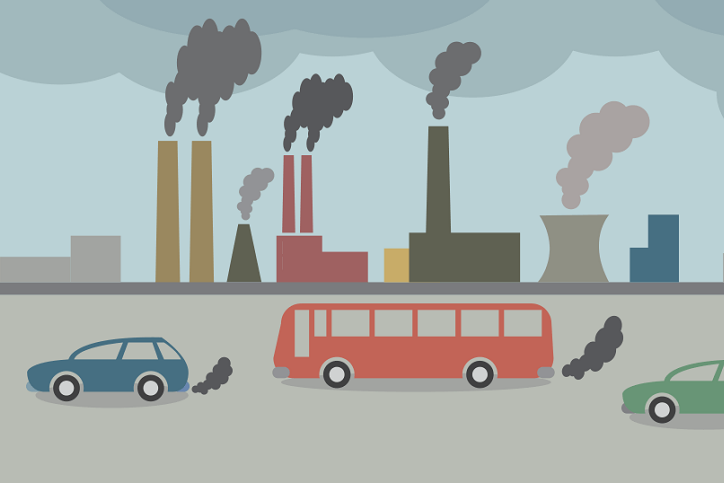
Air Pollution for Kids Air is all around us and we need it to survive.
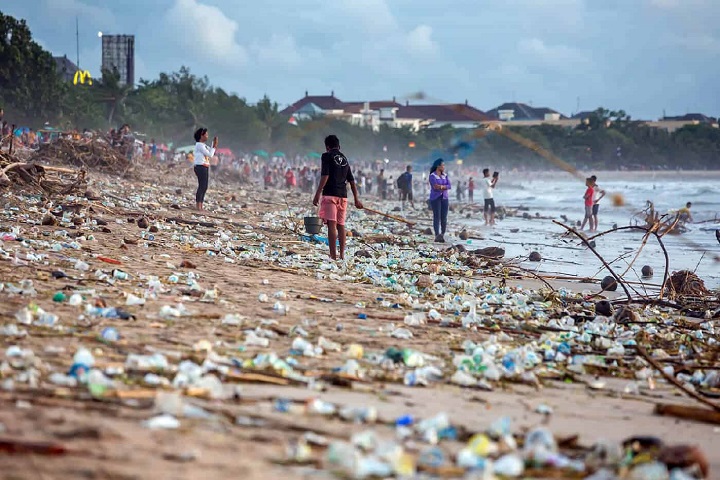
Why We Need to Stop Plastic Pollution? Our oceans are being filled and killed by throwaway plastics.
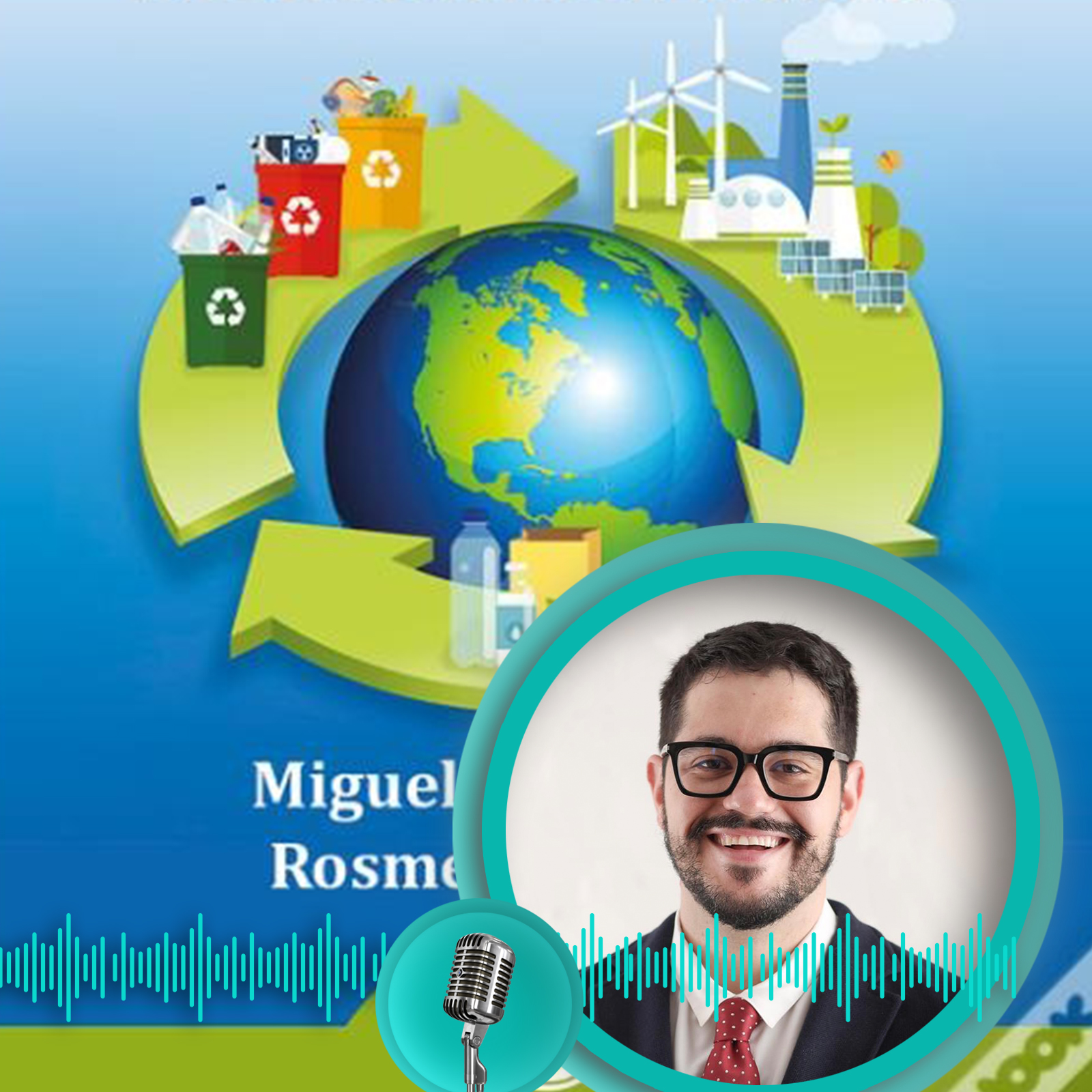
Climate Change, Ecological Crisis and Sustainability We are all agents for change in climate action.
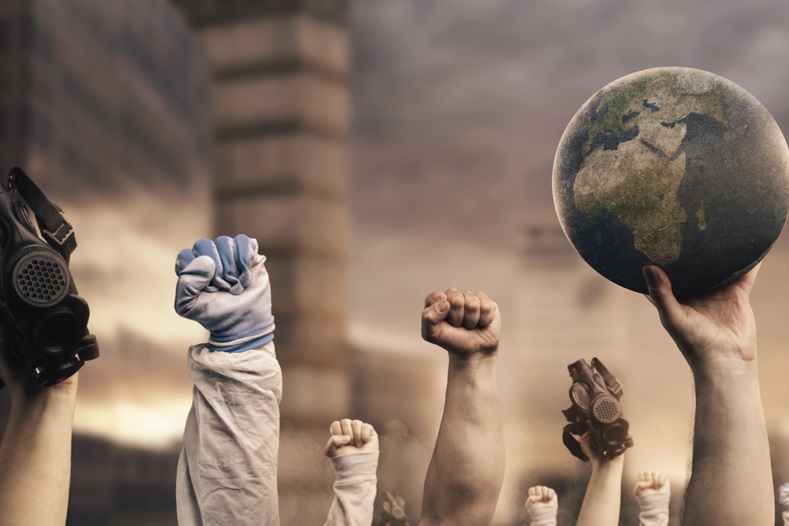
Climate Racism Climate Racism: Social Inequalities in the Age of Climate Change
Comment
Reply